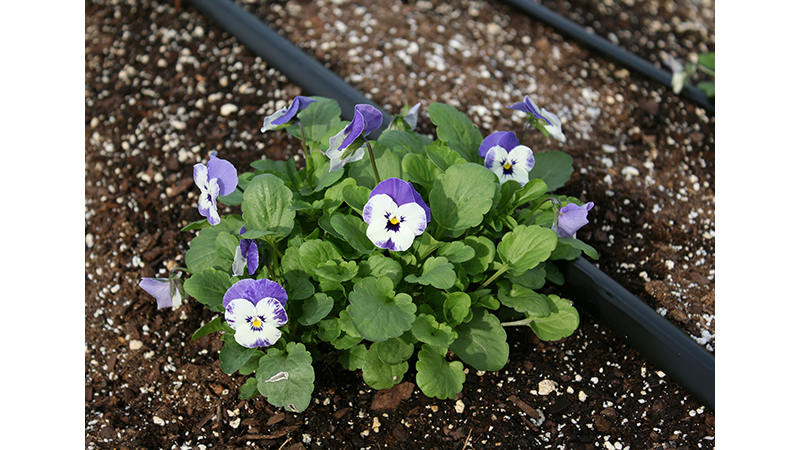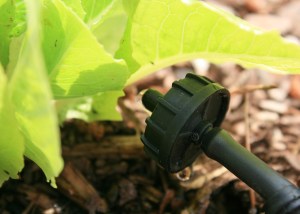Micro irrigation keeps plants happy during warm summer
Published 1:00 pm Sunday, July 11, 2021

- TAPE -- Micro irrigation methods such as drip tape make it easy to apply water to a targeted area and nowhere else. (Photo by MSU Extension/Gary Bachman) Alt text -- A row of flat, black tubing lies next to a plant. ###
|
Getting your Trinity Audio player ready...
|
By Gary R. Bachman
MSU Extension Service
When summer temperatures soar, remember that irrigation is required for optimum plant growth and proper maintenance of Mississippi gardens and landscapes.
Knowing when and how much to water plants is one skill all gardeners need to master. Too much water encourages root rot problems; too little water leaves plants wilted and lifeless. Without adequate water, plants are stunted and underperforming, and can even die. In vegetable gardens, you can dramatically reduce yields with improper watering.
Trending
Gardeners are commonly told to apply 1 to 1.5 inches of water per week during the summer using overhead sprinklers. This method keeps the root zones moist enough to encourage optimum growth. But overhead irrigation is inefficient and can encourage foliar diseases to develop.
In communities with watering restrictions, these limits conflict with our desires for lush and productive gardens. So, do conscientious gardeners have a way to keep lush gardens and still use water efficiently?
A great irrigation approach to supplement insufficient rainfall is to maintain soil moisture by slow and steady watering. Micro irrigation, also called drip or trickle irrigation, provides many benefits, and it can be used to water plants in the landscape, garden beds or containers.
Micro irrigation applies water directly to the root zones. Micro irrigation is measured in gallons per hour, while overhead sprinkler irrigation is measured in gallons per minute.

SPRINKLER — Micro irrigation, such as this micro sprinkler, is more efficient than overhead sprinkler systems. (Photo by MSU Extension/Gary Bachman)
Alt text — A tiny sprinkler head sprays water beside small plants.
###
You reduce plant stress significantly when maintaining a moist but not excessively wet root zone. Micro irrigation also can reduce water use by as much as 70% when compared to overhead sprinklers. This reduction can make a big difference in the monthly water bill for gardeners using municipal water sources.
Gardeners who want to implement a micro irrigation system can choose from several different application strategies: soaker hoses, adjustable emitters/sprinklers, drip tapes and pressure-compensated emitters.
Trending
Soaker hoses are good for vegetable garden rows or long flower beds, and this system keeps the beds moist and walkways dry. Soaker hoses apply targeted irrigation by “sweating” along their entire length.
Adjustable emitters allow the gardener to tailor the amount of water delivered based on plant needs. You water individual plants by placing emitters at each plant.

EMITTER — Pressure compensated emitters can apply from half a gallon to 2 gallons per hour. (Photo by MSU Extension/Gary Bachman)
Alt text — A round, black plastic head faces a plant.
###
If you’re interested in really controlling the amount of water you use in the garden, consider using drip tapes or pressure-compensated emitters.
Drip tapes are good for vegetable garden rows or long flower beds, and they offer another way to keep beds moist and walkways dry. Pressure-compensated emitters regulate the amount of water being applied regardless of water pressure.
Micro irrigation starter kits make it easy to install your first system. These kits contain tubing, emitters, timers and tools. Add-on components are available at home improvement stores and garden centers. Micro irrigation systems can be connected directly to an outside hose faucet, making for a very simple and straightforward installation.
[EDITOR’S NOTE: Dr. Gary Bachman is an Extension and research professor of horticulture at the Mississippi State University Coastal Research and Extension Center in Biloxi. He is also the host of the popular Southern Gardening television and radio programs. Contact him at southerngardening@msstate.edu. Locate Southern Gardening products online at http://extension.msstate.edu/





